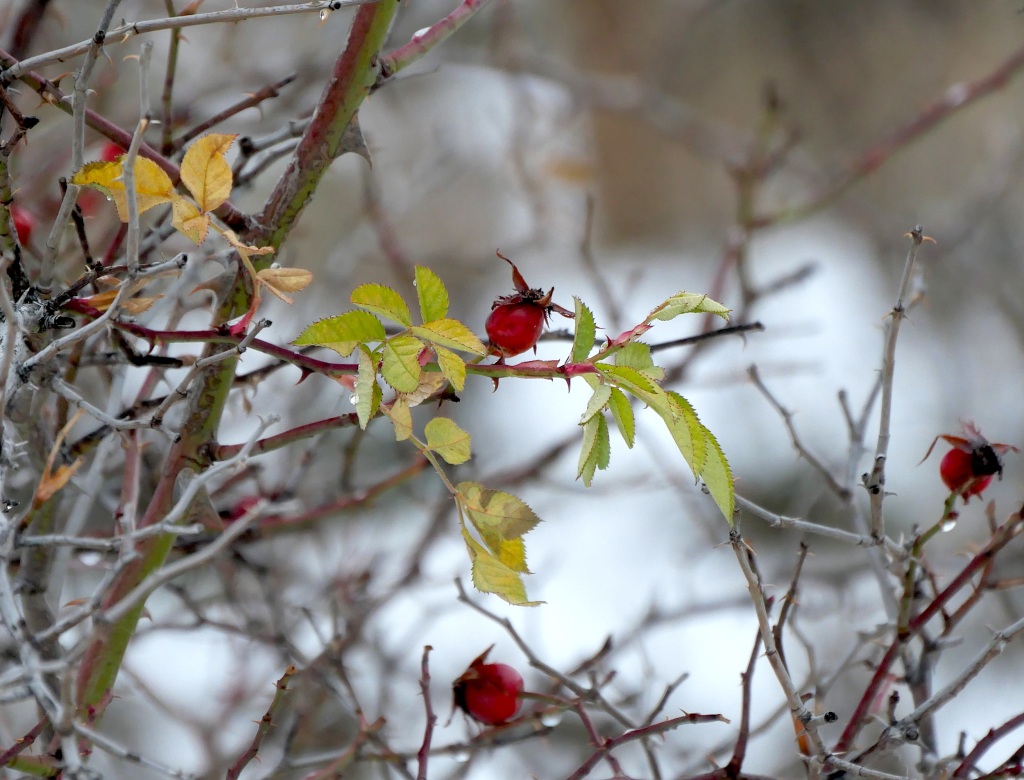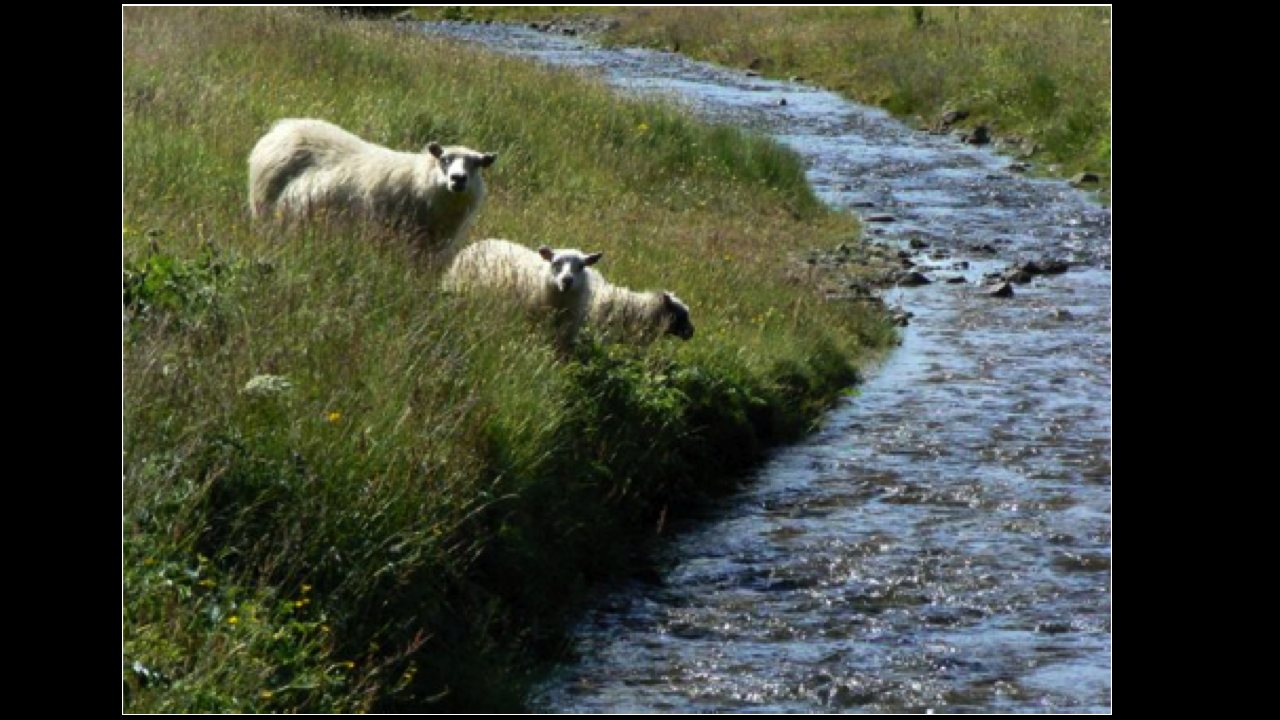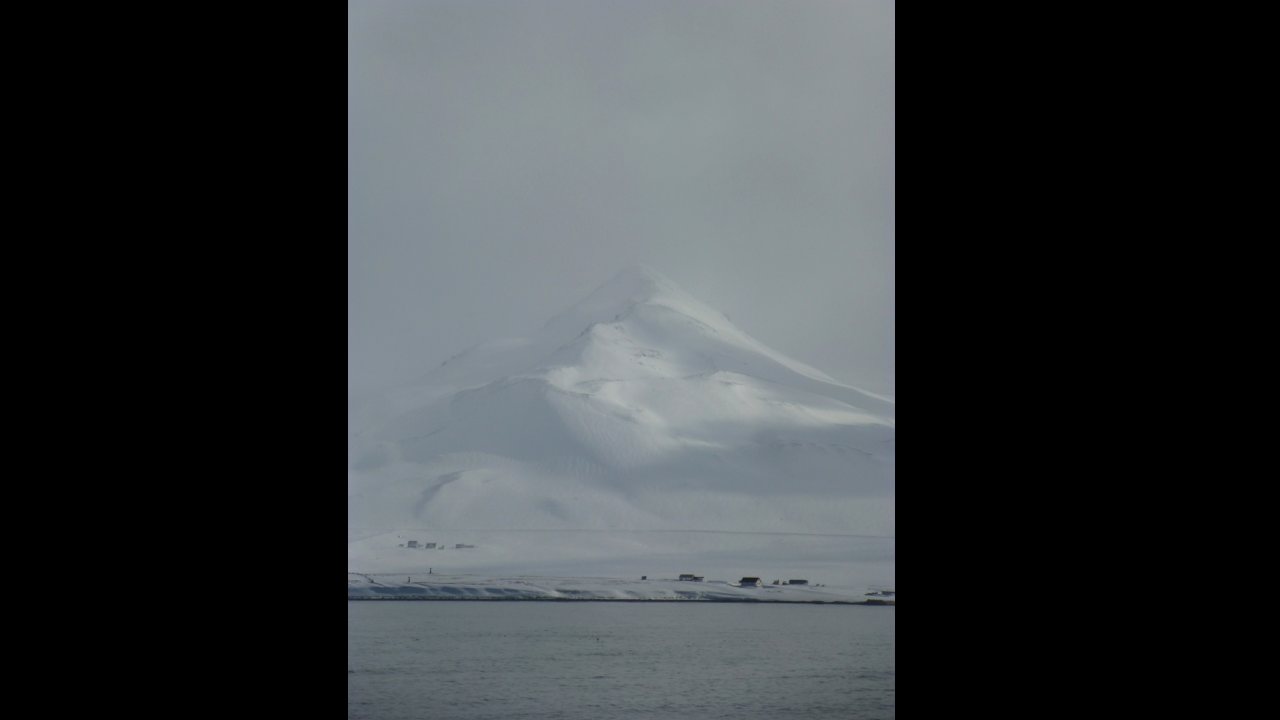A rose is a twig, a thorn, a leaf, a stem, a seed, seed fluff, bark, root, bud, wood and scent, and now, in early winter, the fruit. This is not, however, a period of fruition. Rather, it is an opening. The opening includes a bird dropping a seed, a seed leaf, a first root and stem and eventually a thorn, and a flower, opening as an invitation, sending its scent across the air to attract a bee or a beetle or a wasp. If a bird didn’t take the answering insect away and the flower was pollinated, the rose answers it back with a seed and the swelling of the stem around the seed. That swelling is the fruit, bright red to call birds out of the midwinter air. It is not that time yet, but in late January, when the fruit is fully ripened by the cold and the warming sun between a new moon and the snows of a full one, a bird will come, eat the fruit and drop the seed, multiplying the opening of the rose. There is no beginning here and no end, only bird and rose calling out and answering together, not with language or intent but with bodies that fit into each other like a leaf into the air. In human terms, that is, in effect, what poetry is, this opening in the world and this opening in the world again. It is not a text.
It is not the following, which is how the Ministry of Education looks on the lives of living things:
Despite the Ministry’s insistence, texts aren’t primary. The text no more starts a process of opening than does an intent. Communication does not begin with a self, a will or a human wish. The body in the world comes first. I, for one, learned to read the world before I learned to read books, and learned to prune fruit trees before I learned to write poetry. When I came to writing poetry, I treated it as a tree, a living thing I was in partnership with. It is not the usual path, but it is a human path. Here’s an example of the first book I read:
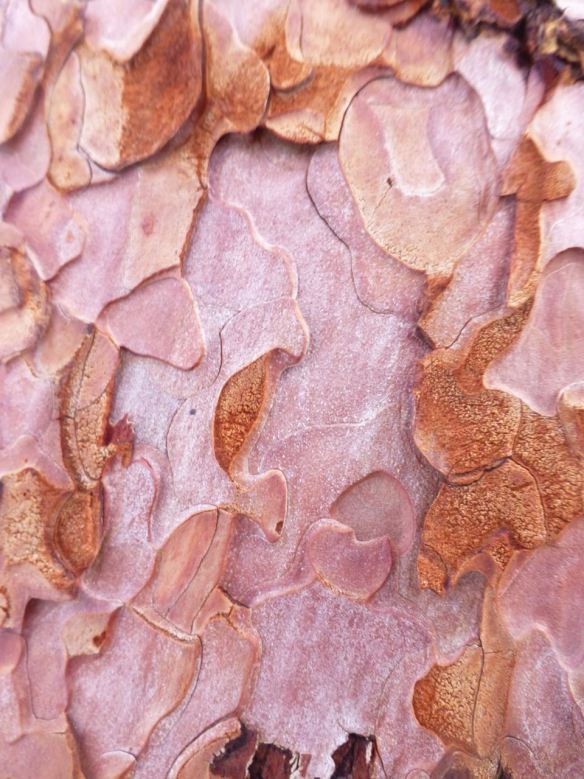
I read them as shapes in the darkness of my body and maps of the world. They are. You can read more about these ponderosa pines (for such are those shapes of bark) here, in Ponderosa Pine’s World, and here, in The Tree at the Heart of a People, and even here, in Humans and Pines are One. You can also read about them in my new book The Tree Whisperer, where this whole story is told and the consequences of the B.C. Ministry of Education’s inability to set its settler culture aside and to inhabit the land and people it lays claim to are explored in depth. This matters. Like a rose, it is blossom, bark, stem, wood, root, branch, bud, seed, fruit, and bee in one, and bears, too, which made the apples for us.
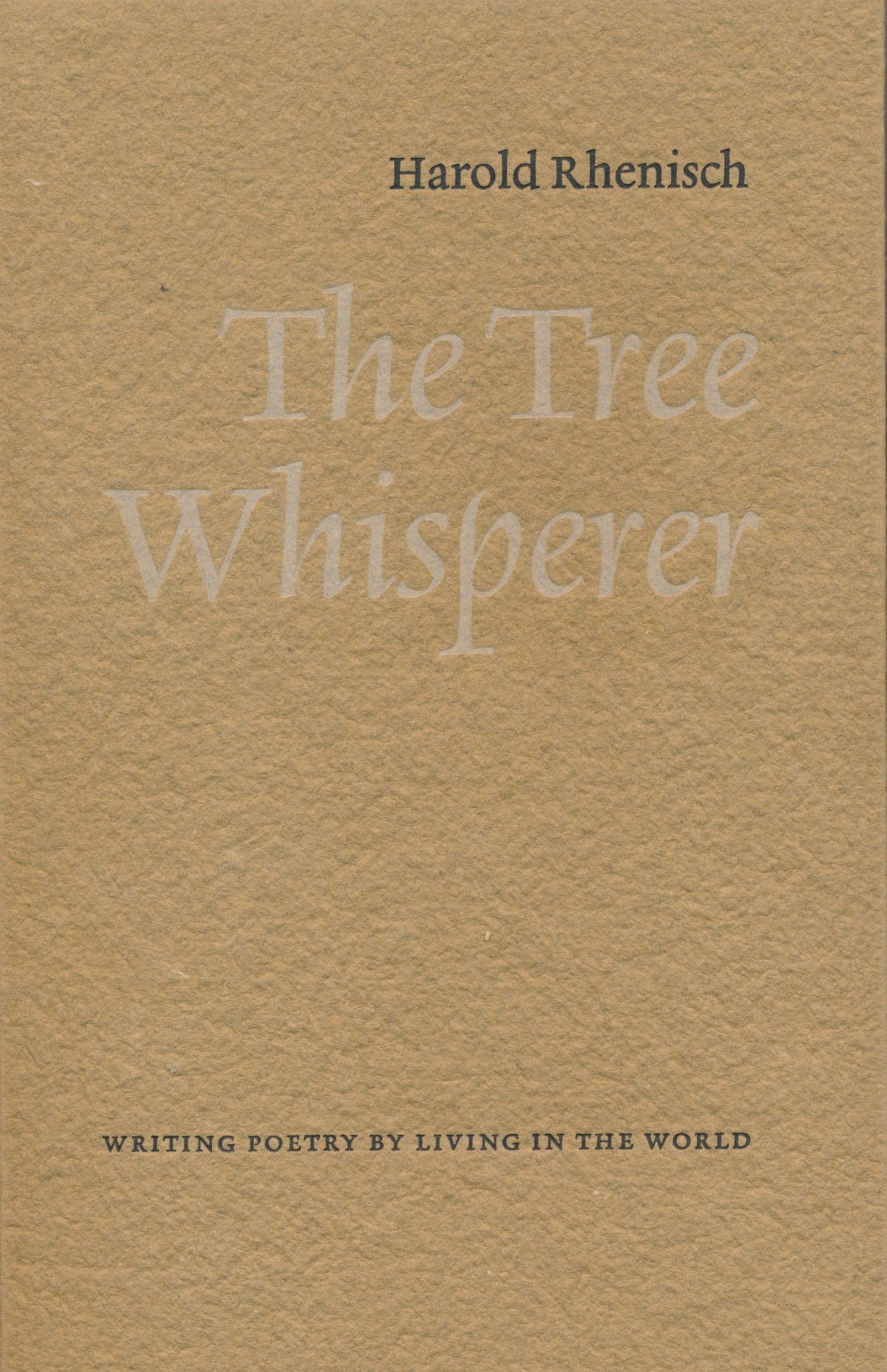
It’s a love story. You don’t tell a lover that your love is a text. For that, you’ll get stung. And apples, by the way, are roses. And, yes, these flowers are in the book, and stories of teaching people to learn to prune these trees by recognizing that these wooden bodies and ours are one, and trusting that knowledge. The book demonstrates how.
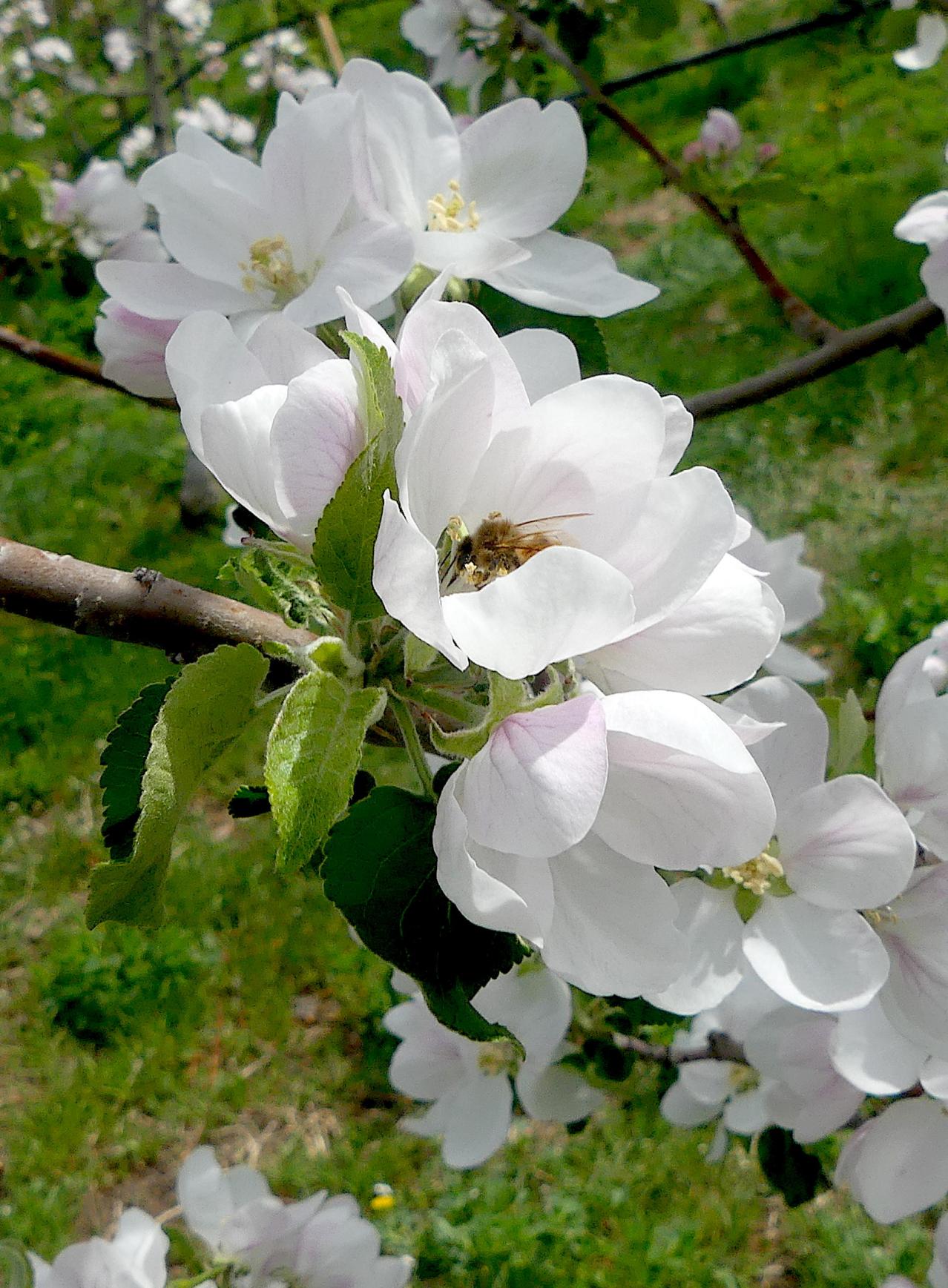
It is an opening that has been ongoing for 50,000 years, 10,000 of them including humans. I invite you to set this text aside, which is only an invitation and a record of fifty years of opening and join this ongoing opening at a bookstore near you, or here: https://okanaganokanogan.com/harold-rhenischs-shop/. Touch like this is what we do for ourselves on this Earth. It’s not school.

